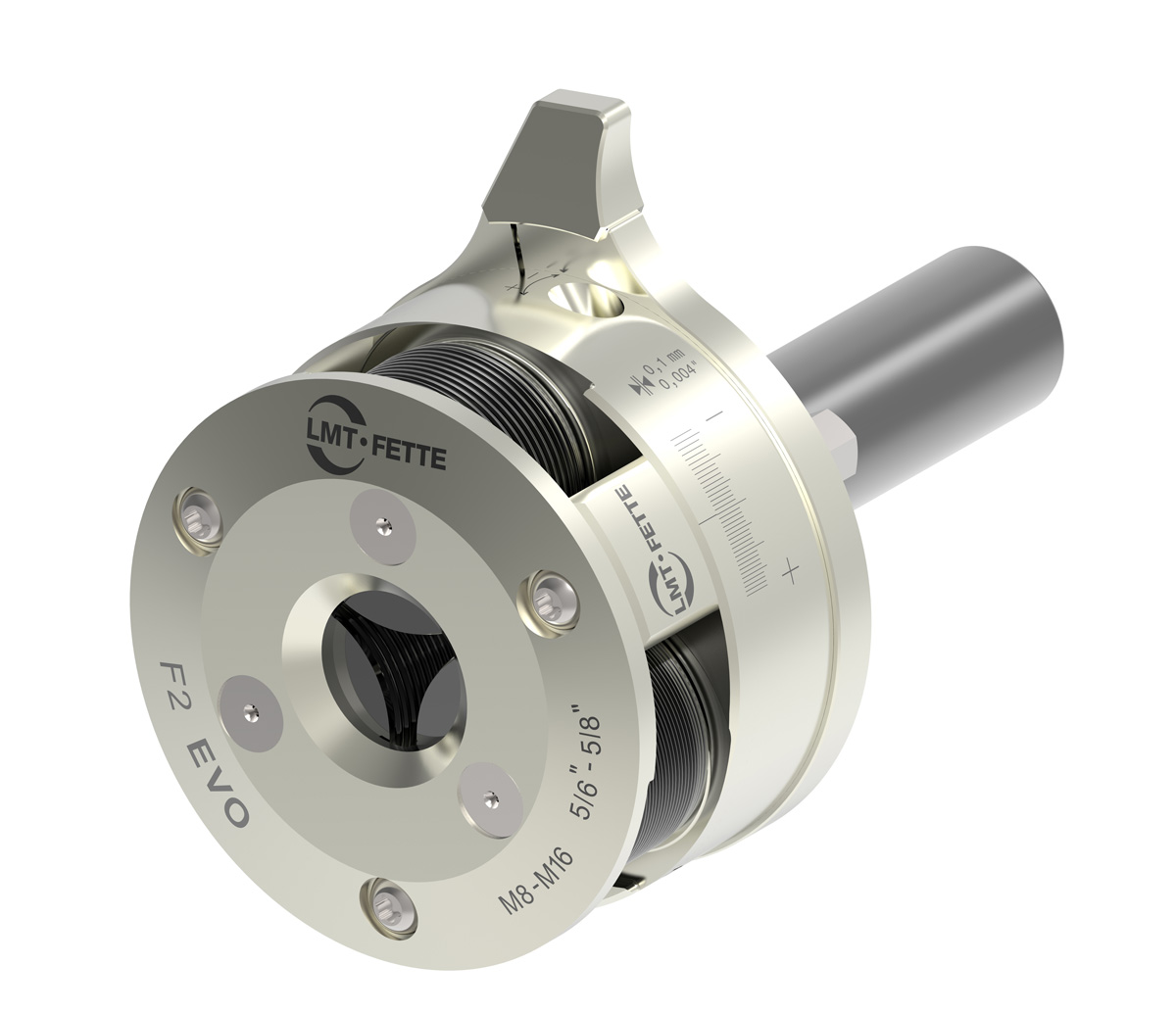Fixturing a thread rolling head in a modern CNC machine can be enhanced with the addition of a fixturing flat on the shank of the tool. The present design of the modern EVO style Fette thread rolling tool can be effectively anchored by machining a flat anywhere on the 360-degree circumference of the tool. This is effective due to the ability of configuring the closing ring in to any position required.
The multitude of older tools that were designed with a fixed closing handle had to be carefully positioned to identify the accurate location of a fixturing flat. Without a fixturing flat on the shank, it was probable that the tool could spin if something went wrong with the process. This in turn could lead to a collision problem and probable tool breakage. Machining a flat from the manufacturer was not possible since it was unclear where and on what machine the tool would be installed.
We can help with strategies to fixture the tool accurately once we know the machine detail. Contact us for processing assistance.
